Qué cantamos
Susana Curto
Década del 50…
No necesitábamos más que espacio en las calles o plazas o patios y con imaginación y el compañerismo, disfrutábamos de los juguetes que en la mayoría de las ocasiones habíamos fabricado y así pasábamos las tardes, entre risas y diversión con los amigos del barrio. Es posible que se cantaran estas canciones haciendo rondas
CANCIONES INFANTILES AÑO 1950
Y no podemos dejar de lado esta reseña porque fue un éxito enorme”Marcelino pan y vino” ..Veamos qué ocurrió con el protagonista…
Que paso con Marcelino Pan y VIno ? 2017
En esa década no dejaba de sonar en las radios Joselito (José Jiménez Fernández), español, protagonista de 14 películas y de muchos éxitos musicales que sonaron en aquella época. Todavía vive el actor y ha participado de programas televisivos recientes, tiene 77 años.
El ruiseñor – Joselito
Década del 60…
La Reina del Revés y de todas las infancias María Elena Walsh…Luego de un comienzo prolífico y rítmico en la actividad literaria y periodística, se dedica a la creación de canciones de una poética de apariencia sencilla estructuradas a partir de la rima y el juego de palabras. De ahí en más, se instituyó como autora de la nueva canción infantil que recogía las formas folclóricas y sus localismos pero que también se abría a un sinnúmero de géneros musicales. Todas las generaciones la cantamos…
Las Canciones de María Elena Walsh (2) – Enganchados Infantiles
El Capitán Piluso fue un programa de televisión infantil de Argentina emitido por Canal 9, protagonizado por Alberto Olmedo en 1960 junto a Coquito (Humberto Ortiz), encarnando respectivamente los personajes del Capitán Piluso y Coquito. El ciclo fue transmitido poco más de tres años en esa emisora. Luego pasó a Canal 7 y 11 en la década del 70.
El ciclo fue transmitido poco más de tres años en esa emisora. Luego pasó a Canal 7 y 11 en la década del 70.
Capitán Piluso y Coquito (Alberto Olmedo – Archivo TV)
La escondida, la rayuela, las figuritas, saltar la soga formaron parte de la infancia de quienes la vivieron por aquellos años cuando el mundo cambiaba vertiginosamente.
Se masificó el plástico y comenzó a llegar en los juguetes…toda una emoción!
Aquí algunos fragmentos de temas de esa década…
60- ENRIQUE Y ANA – LA CANCION DE LOS PEQUES – Todos preparados
La canción popular Tengo una muñeca vestida de azul era cantada por aquel entonces.
Video renovado para un tema inolvidable
TENGO UNA MUÑECA VESTIDA DE AZUL (canciones y rondas infantiles)
También en la década del 60 nos mandaba a dormir La Familia Telerín… Indicaba que el día televisivo se había acabado para los más pequeños de la casa. Hubo varios anuncios, primero en blanco y negro, más tarde en color. La Familia Telerín estaba compuesta por Cleo, Teté, Maripí, Pelusín, Colitas y Cuquín.
La Familia Telerín estaba compuesta por Cleo, Teté, Maripí, Pelusín, Colitas y Cuquín.
Todos a dormir… nos canta la FAMILIA TELERIN (versión Canal 13 de Buenos Aires)
Década del 70…
Ya estaba la televisión llegando a los hogares….Y las infancias tenían otros entretenimientos…. Resumimos en este video
La TV infantil de los ’70
Merecen un subrayado…
En 1970 llegaron a Argentina y a través de Canal 13 alcanzan un éxito clamoroso con el programa El zapato roto, que luego se llamaría El show de Gaby, Fofó y Miliki. El espacio contaba ya con la presencia de un nuevo miembro del clan: Alfonso Aragón Sac, Fofito, hijo de Fofó.
GABY, FOFO Y MILIKI “La gallina Turuleca”
Década del 80
Parchís (nombre del Ludo en España) sonaban por esa década, tuvieron vigencia desde 1979 a 1985. Hicieron grandes giras, películas y sus discos se vendieron por millones
Parchis chis chis – La Cancion De Parchís – Oficial
También por ese entonces aparece el grupo Menudo de 1987 a 1997 en su primera etapa con varios integrantes que cambiaron con el tiempo, pasaron por el grupo: Ricky Martin, Draco Rosa, entre otros.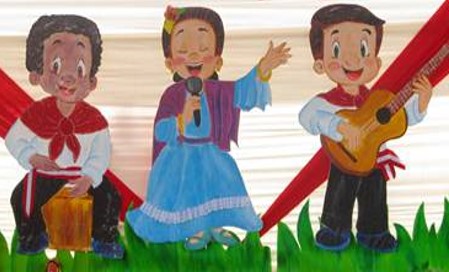 ..
..
Menudo featuring Ricky Martin 1984 MDA Telethon
En 1980 aparece Luis Miguel…!
Luis Miguel – Directo al corazon
Topo Gigio, personaje creado en 1958 por la artista italiana María Perego, que se hizo popular en América latina a mediados de los años 80, bajaba sus ojos cuando sentía vergüenza y enamoraba a los televidentes. A más de seis décadas de su creación y de su debut en televisión sigue provocando la misma ternura y empatía. Estuvo en sketchs con Juan Carlos Mareco, Berugo Carámbula, Héctor Larrea y Susana Giménez. En Brasil, la cantante Xuxa lo adoptó para su show televisivo.
DiFilm – Berugo Carambula con el Topo Gigio
En 1988 llega El Clan de Patsy con Patricia Lage, con el permiso para hacer algo parecido al programa de Xuxa, quien no le vende los derechos porque planeaba venir a hacerlo “cuando la Argentina mejore”. La conductora/productora/ publicista hizo sus propias canciones, creó el “Guachiguau ” famoso en todo el país y cuando comenzó la crisis energética se redujeron las horas televisivas y le levantaron el programa.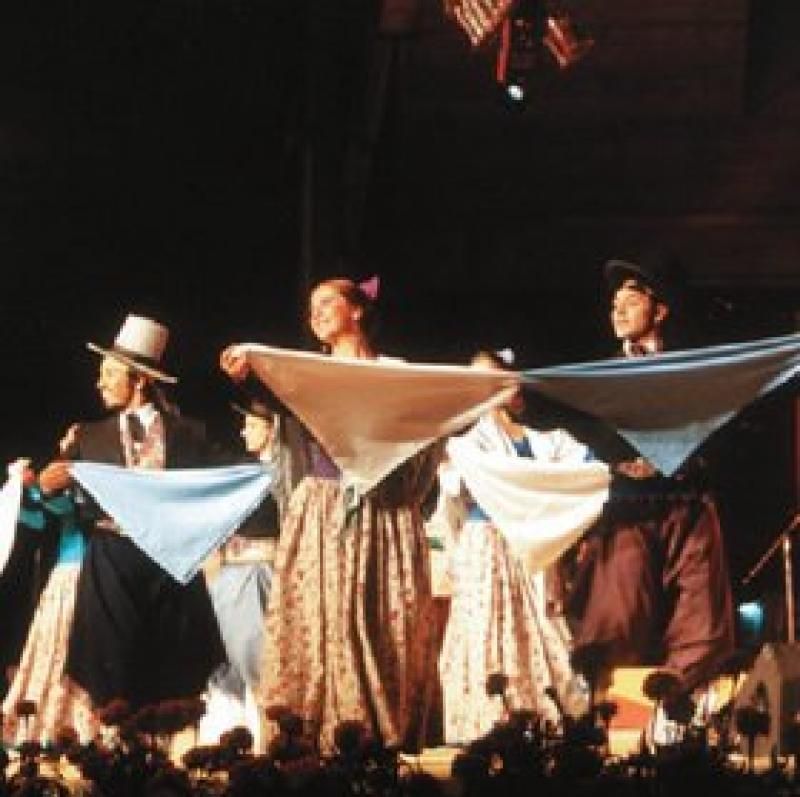 ..
..
El clan de Patsy, 1988
En Canal 10 los niños se divertían y aprendían con Los chicos del 10, conducido por Marina Heinz. Era 1988…
Presentación
Década del 90…
Tal como había anunciado…luego llega Xuxa.…Y mantiene su ciclo en Telefé haciendo cantar y bailar a los niños y la familia…
Xuxa en Argentina (1990)
La ola está de fiesta también traía su música para los niños con Flavia Palmiero entre los años 1989 y 1990: una obra de teatro (1989), tres producciones discográficas (1989-1990) y un programa de TV (1990).
TV/ Ya no tengo miedo – Flavia Palmiero [La ola está de fiesta Dic. 1989]
En Córdoba, La Chicharra, de Coqui Dutto y Eduardo Allende obtuvo un premio estímulo a la producción de artistas locales de la Municipalidad de Córdoba que les permitió en 1995 editar su primer CD, La Chicharra Cantora. A ese primer disco le siguió, Caramelitos Surtidos en 1999 (reeditado en 2003). Ambos continúan en la actualidad haciendo música
Ambos continúan en la actualidad haciendo música
Digo Bandera – La Chicharra
Con el antecedente de Los Chicos del 10, luego llegan los programas:
Pan y Manteca y Marina y los Chipicopos, por Canal 12 también conducidos por Marina Heinz en la pantalla infantil cordobesa hasta 1992, muy exitosos y que todavía se recuerdan con cariño…
Ricky Martin en Pan y manteca…
(COMPLETO) Ricky Martin en Pan y Manteca (Argentina, 1992)
Otro momento del programa con la participación de muchos niños…
Pan y Manteca (tv Córdoba, Argentina)
Década del 2000
Llega Piñón Fijo !!
Surgido en shows en las calles de Carlos Paz, comienza en los medios de Córdoba y en 2002 pasa a tener su programa en Canal 13 de Buenos Aires donde logra proyección y reconocimiento nacional…Vendría luego además una gira con Carlitos Balá…Todos cantamos su Chu chu uá…
Nueva versión, remixada y con sus hijos que ya tienen su show propio!
Piñón Fijo – Chu Chu Ua 2015 HD
Cerca de 2010.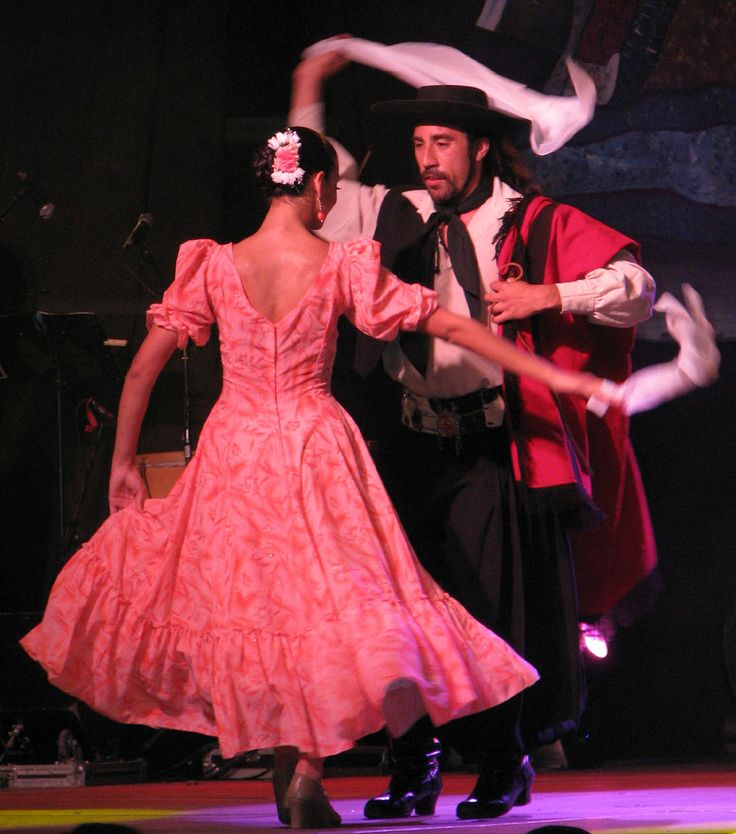 ..
..
Llegan desde Santa Fe los Cuanticuénticos.
La banda está integrada por Daniela Ramallo, Laura Ibáñez, Ruth Hillar, Daniel Bianchi, Nahuel Ramayo, Gonzalo Carmelé y Sebastián Cúneo.
Hoy estrenan nueva canción por el día de la Niñez, que irá incluída en su quinto disco, por ahora escuchamos su clásico…El monstruo de la laguna…
Cumbia del monstruo de la laguna “CANTICUÉNTICOS”
Y también desde Cuba el Dúo Karma..
Creado en 1999 por los músicos cubanos Xóchitl Galán y Fito Hernández. Se distingue por ser un proyecto integral que conjuga la realización musical, audiovisual y literaria.
LA LUNA Dúo Karma
Los niños de estos años también disfrutan de la música de Ceci Raspo…Quien celebró 20 años de trayectoria hace poco tiempo…
Ceci invita al pequeño espectador y a toda su familia, a estimular el desarrollo de su intuición artística, utilizando como recursos un lenguaje divertido y espontáneo, el juego, el baile y el canto.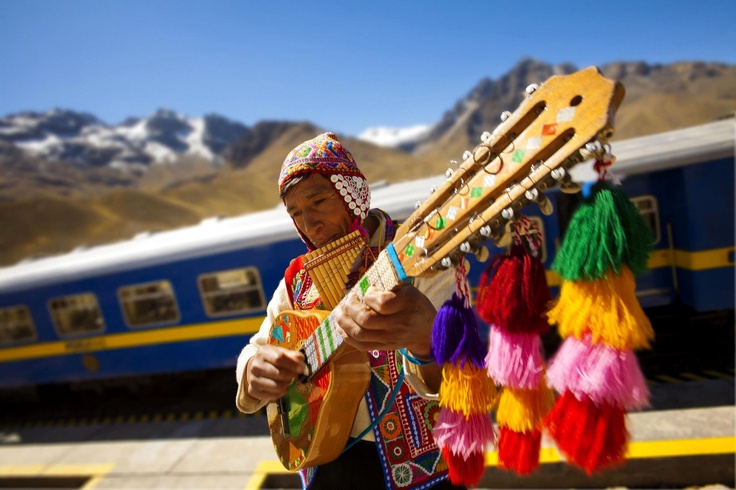
Trabajo hecho en cuarentena….Nos ayuda con la psicomotricidad y la coordinación…probá si te sale !
Tongo Tongo – Canciones para jugar en casa #coordinacion #juegoinfantil #cancion
Seguro que se te ocurren muchos intérpretes y canciones de tu infancia…Y programas televisivos…Éste fue un resumen bien apretado con ese propósito y para desearles a todos ..
Feliz Día de las Infancias !
Cba24n.com.ar
| Nombre de actividad | Formación | Escuela | Provincia | Link del video |
|---|---|---|---|---|
| “Viva Jujuy”, por la Orquesta del Bicentenario Bariloche | Orquesta | ESRN Nº 44 | Río Negro | Ver |
| “Canto Alegre” – Coro Infantil Canto Alegre Bariloche | Coro | EP Nº 187 | Río Negro | Ver |
| “Sinfonía del nuevo mundo”, 4to mvto – “Campamento sinfónico 2019”, Viedma | Orquesta | ESRN Nº 154 | Río Negro | Ver |
“Derecho de nacimiento” – Coro Juvenil del Bicentenario Viedma, Coro Infantil Viedma y Orquesta del Bicentenario Viedma. |
Coro / Orquesta | ESRN Nº 146, EP Nº 2, ESRN Nº 154 | Río Negro | Ver |
| “Crece desde el pié” – Orquesta “Los Coihues” Bariloche y el Coro Infantil “Canto Alegre” Bariloche | Coro / Orquesta | EP Nº 324, EP Nº 187 | Río Negro | Ver |
| Newt libera a Thunderbird, por la la Orquesta del Bicentenario Villa Regina | Orquesta | EP Nº 316 | Río Negro | Ver |
| “Feria del Libro”, presentación – Orquesta del Bicentenario Viedma, Coro Juvenil del Bicentenario Viedma, y Coro Infantil Viedma. | Coro / Orquesta | ESRN Nº 154, ESRN Nº 146 | Río Negro | Ver |
| “Encuentro y Jornada de Trabajo” | Orquesta | N° 4-032 Escuela Nuestra Señora de las Nieves | Mendoza | Ver |
| “La Orquesta Sinfónica va a la escuela” | Orquesta | N° 1-419 Escuela Emaus | Mendoza | Ver |
| “Encuentro y Jornada de Trabajo” | Orquesta | N° 1-495 Escuela Graciela Moretti | Mendoza | Ver |
| “Quassinfonico” | Orquesta | N° 1-419 Escuela Emaus | Mendoza | Ver |
| “Encuentro de Violines” y Muestra de mitad de año | Orquesta | N° 1-568 Escuela Conrado Atencio | Mendoza | Ver |
| “Acto 9 de Julio” | Coro | N° 1-148 Escuela Provincia de Salta | Mendoza | Ver |
| “La 8ᵛᵃ Edición de la Marcha de las Cuerdas y Fuelles Santiagueños” | Coro/Orquesta | Diversas Escuelas | Santiago del Estero | Ver |
| Coro “Encantasueños” | Coro | Colegio Secundario Dr.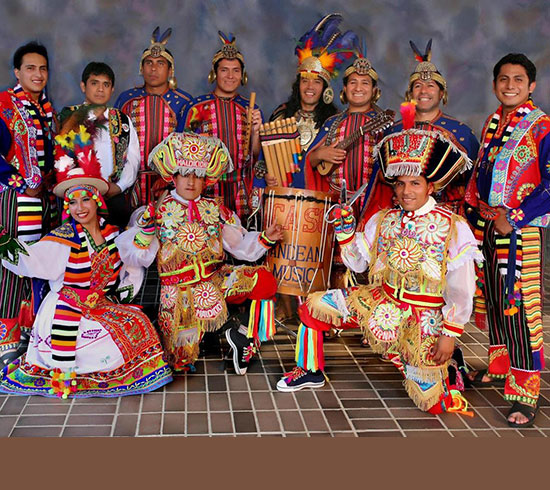 René Favaloro René Favaloro |
Santiago del Estero | Ver |
| Orquesta “Ensamble Azul” | Orquesta | Escuela Benjamín Gorostiaga sito en Uriarte Nº270 | Santiago del Estero | Ver |
| Orquesta “Sol Naciente” | Orquesta | Colegio Secundario Campo Contreras | Santiago del Estero | Ver |
| Orquesta “Clave de Sol” | Orquesta | Colegio Secundario Huaico Hondo | Santiago del Estero | Ver |
Songs of Latin America sheet music for voice and piano
Latin American music for six-string guitar
Folk music of Cuba
Latin American Pieces
 Buzuk Argentine tango
Buzuk Argentine tango Sheet music for voice (vocal) with piano for popular songs of Latin America, lyrics translated
Songs of Latin America
for voice or duet with piano
compiled by G. Schneerson
“State Musical Publishing House”, 1956.
number m25054g
contents:
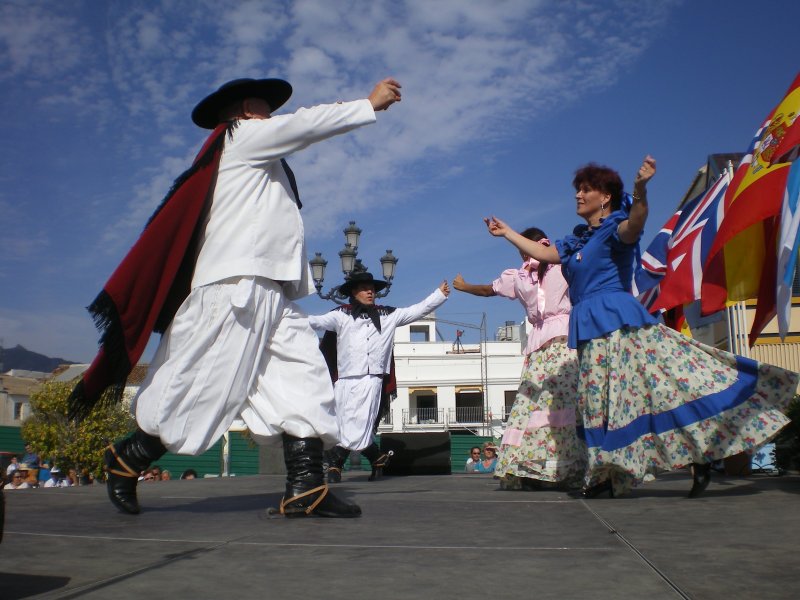 If you fell in love (Uruguay)
If you fell in love (Uruguay) Download the sheet music
Thanks to Andrey for the collection!
Leisure music /
Amateur pianist’s library
Popular songs of Latin America countries
for piano
compiled by A.Samonov
“Music”, 1967
number 4284
content:
1. E. Villa-Lobos (Brazil). Broken guitar
2. J. Siqueira (Brazil). Lost Happiness
3. R. Sane (Costa Rica). Little bells. From the song cycle “Cathedral of San Juan”
4. R. Sane (Costa Rica). Big bells. From the song cycle “Cathedral of San Juan”
5. M. Ponce (Mexico). Asterisk
6. M. Ponce (Mexico). The soul is sad
7. Stool. Mexican folk song. Arranged by A. Samonov
8. R. Romero (Chile). Heart don’t cry
9. N. Labastille. Chilean Serenade
10. Wise judge. Chilean folk song. Arranged by V. Sibirsky
11.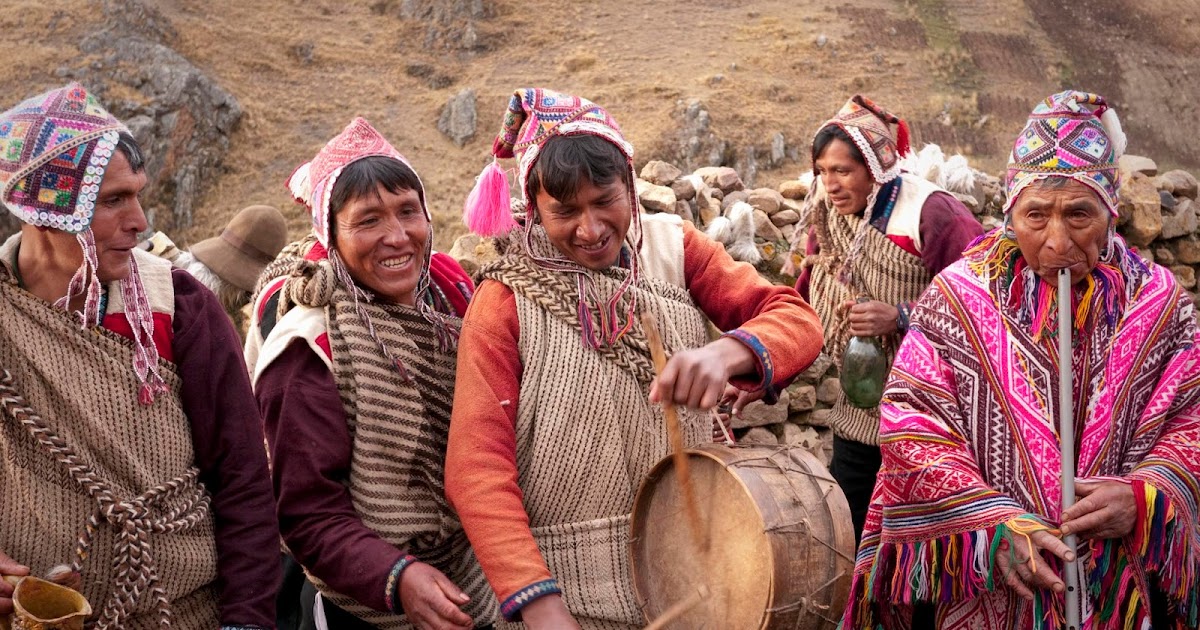 Rio Rio. Chilean folk song. Arranged by A. Samonov.
Rio Rio. Chilean folk song. Arranged by A. Samonov.
12. When? Argentine folk song
13. If you fell in love. Uruguayan folk song. Arranged by A. Samonov
14. A. Lecuon (Cuba). Siboney
15. S. Iradier (Cuba). Dove
16. G. Stotgart (Cuba). Song of Love
Nos. 1-6, 8-10, 12, 14-16 — arranged by A. Samonov
Download music scores
Mexican folk songs
Canciones populares mexicanas
for voice or duet with piano
edited by V.Sibirsky
“Music”, 1966
content:
Without your love. Russian text by L. Derbenev
Bye Bye. Russian text by L. Derbenev.
Guadalajara. Russian text by L. Derbenev.
Sleeping heart. Russian text by T. Sikorskaya
Sandunga. Russian text by L. Derbenev
Baskets, baskets. Russian text by L. Derbenev
Don’t be ashamed of your tears. Russian text by Y. Polukhin
Big ranch.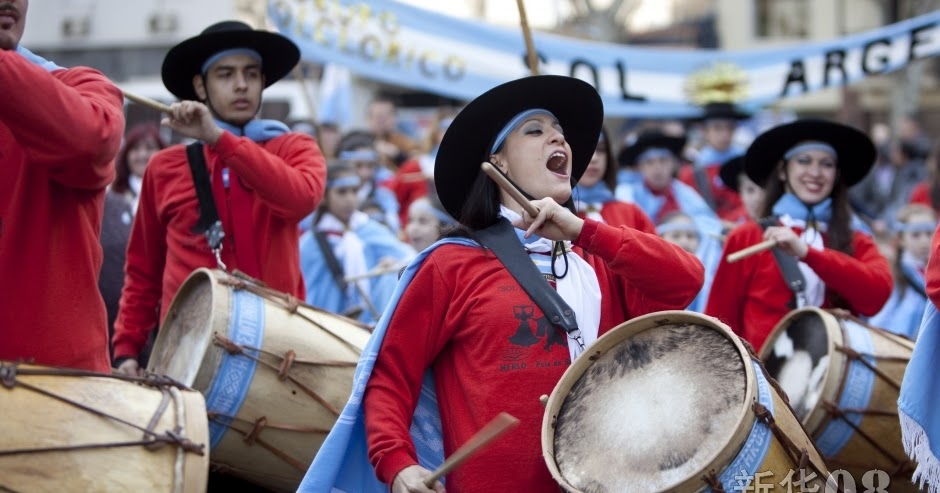 Russian text by S. Bolotin Joaquinita. Russian text by L. Derbenev
Russian text by S. Bolotin Joaquinita. Russian text by L. Derbenev
Download sheet music
Music. culture of lat. America
historically formed on the basis of the American (Indian),
European (primarily Spanish and Portuguese) and
African sources. The meaning and impact of each
manifested themselves in different ways in different parts of the continent – in
depending on the level of Indian culture, the presence and number of
black person. population, connections of this district with the metropolis and features
his economic, political and cultural development, as well as other reasons
historical character. At the same time, these three genetic root clearly
can be traced in the structure of modern. nar. music lat. America, in
which can be distinguished, respectively, Indian music, Creole and
African-American with a number of intermediate (transitional) “layers”.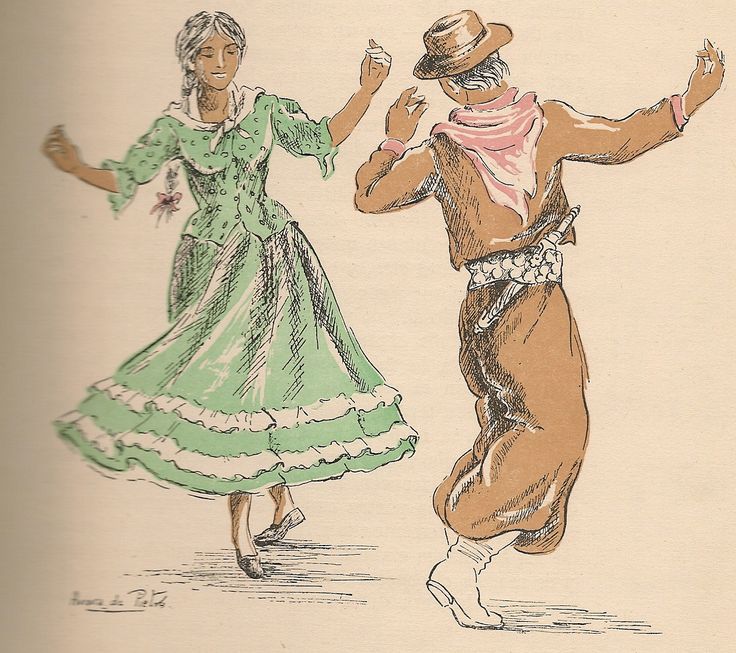 From
From
of these terms, only Indian music is local, indigenous
(autochthonous) culture; Creole and Afroamer. music –
relatively young cultures, the formation of which proceeded in
America during the 16-18 centuries, and modern. stylistic features have developed
only towards the end of 19V.
Indian music. By the beginning of the European colonization (16th century) numerous.
Indian tribes and peoples that inhabited the territory of modern. Lat.
America, were at different levels of society. development, from
primitive communal system (Indians of the Antilles, basin
Amazon, Brazilian coast, Patagonia, Tierra del Fuego, etc.)
to early class states (Aztecs in Central Mexico, Maya in Yucatan,
Inca to the Center. Andes). Among the most backward tribes, music (singing and
dances accompanied by the simplest muses. instruments) was not yet
isolated from the sphere of religious magic. performances and was
an integral part of religious rites and ceremonies. At
Aztecs, Mayans and Incas – the creators of the greatest pre-Columbian cultures
America has already been observed.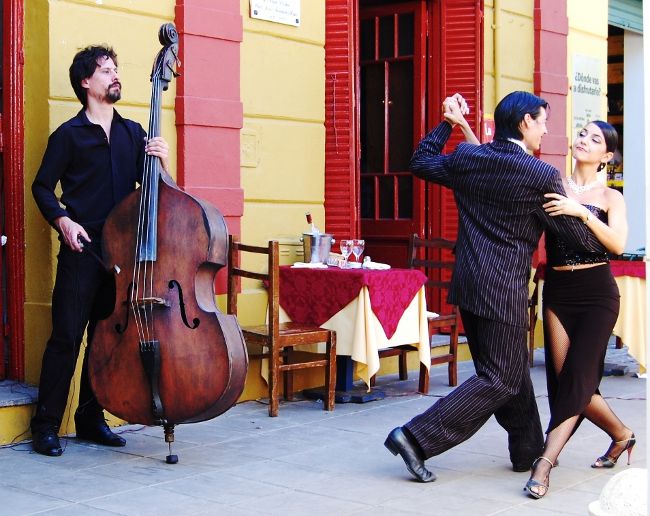 genre differentiation of music in
genre differentiation of music in
dependence on its societies. functions and contents, they have
cultivated ritual music, military music, music associated with
agricultural calendar cycle. works, willingly, music for
entertainment, dancing, etc. The Aztecs and Incas, because of the deep
class stratification of society even before the arrival of Europeans occurred
division of music into “court” and “folk”, there was a special
caste prof. musicians serving the ruling elite and
privileged estates. Aztecs and Incas – the first peoples of the New
Sveta, who established the special music schools (Calmec in ancient Mexico,
Yachahuasi in ancient Peru) and developed a clear system of muses.
education; they were the first in pre-Columbian America to give muses.
rituals and musical and poetic and musical and choreographic
“action” strictly regulated official character.
The music of the peoples of the “Inca Empire” (Quechua, Aymara, etc.) is based on
pentatonic, forming a single ordered modal system,
including all five types of pentatonic scales (depending on
sequences of interval relations), with certain
types of melodies, cadence formulas and a characteristic metrorhythm.
structure. The music of most other Indian peoples is based on
pentatonic scales, which, however, do not form an ordered
systems. Some Indians, for example. among Araucans, and wok., and instr.
music is built on scales, including the most diverse. intervals (in
including halftone and even smaller), not amenable to precise
systematization with European points of view. Among the most backward tribes (in
in particular, among the Indians of the Amazon Basin) music is based on
unordered scales, sometimes consisting of just a few. tones.
Music. the instrumentation of pre-Columbian America included only percussion and
wind instruments (the Indians did not have string instruments, if not
consider the simplest monochord – “Music bow”, known from
Araucans, Guarani and some tribes of the Amazon basin and
Gran Chaco). The Aztecs and Incas possessed the richest tools,
moreover, the Aztecs had a diverse arsenal of shock and
shock-noise, and the Incas – the most advanced wind
tools; they had several dozen types of brass
tools – from the simplest shell-pipes to those with very
express big.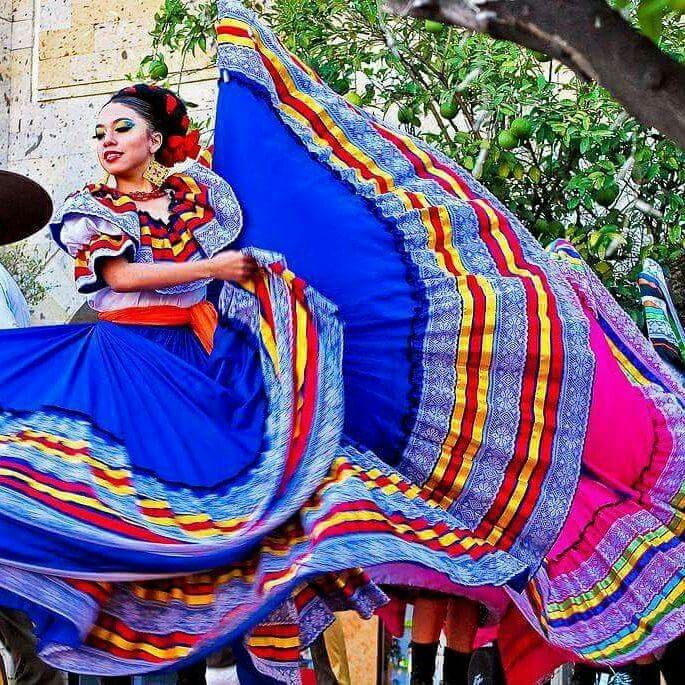 and tech. capabilities of vertical flutes from 5-6
and tech. capabilities of vertical flutes from 5-6
side holes and multi-barreled pan flutes of the most varied.
sizes, from which entire orchestras were composed. The presence of a large
a set of wind instruments capable of playing
multi-stage scales, gave the music of the Incas emphasized
melodic character compared to preim. “percussive” music of the Aztecs.
Music. Aboriginal culture in Lat. America in Spanish conditions. domination
evolved differently. So, in the territory of Mexico, where the process
ethnic assimilation took place intensively, more or less pure
Indian music is preserved only in certain districts, remote from
large mountains. centers. In most of Mexico
Indian music appears not pure, but mixed (the so-called mestizo
music), i.e. influenced by the Spanish (in the sphere of mode,
melodics, rhythms, instruments). Modern music. mex.
Indians, his character, forms, further destinies to a decisive extent
determined by the prevailing trend in Mexico towards assimilation
Mex Indian minorities.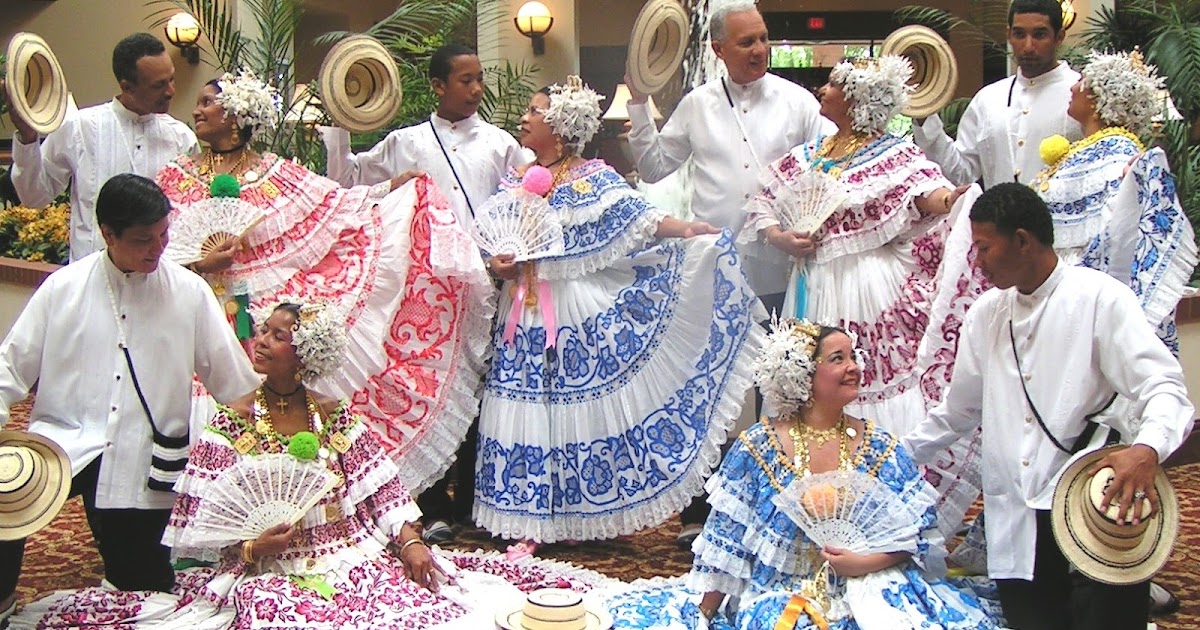 nation. Transition of Indians to Spanish. language
nation. Transition of Indians to Spanish. language
and their gradual loss of ethnicity. identity and cultural
isolation is increasingly blurring the boundaries of Indian music and
enhance the penetration into its environment of the actual Mex. (Creole)
music forms, genres and traditions. In Ecuador, Peru and
Bolivia, where Indians (not counting mestizos) are the majority
population and where there is an ever-increasing consolidation
Indian peoples, as well as in the north-west. provinces of Argentina
ancient Inca music is preserved almost in its
original form. In the rest of the territory of modern Lat. America
the presence, forms and conditions of existence of Indian music are determined
primarily ethnic. factors. Where there are compact groups
Indians, their original music is also preserved. culture (such as
Chilean Araucans). In the same districts where mixed
Indian (mestizo) population, where Indian music appears
mixed, under more or less strong influence
Creole.
Creole music.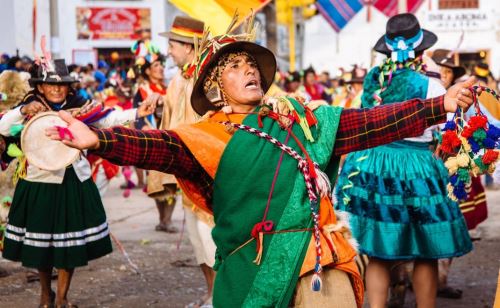 Although the term “Creole music” is no longer
Although the term “Creole music” is no longer
accurate with scientific point of view, it continues to be used in
latinoamer. musicology to refer to the branch of music. cultures of Lat.
America, to-paradise originates from Europe. (primarily Spanish and
Portuguese) music brought by the conquistadors and the first
settlers. Creole music is absolutely dominant in Mexico and
most republics of the Center. and Yuzh. America and has hundreds
song and song-dance names. forms and dozens of beds. music
tools and types of instr. ensembles.
Euro. music in lat. America was undergoing changes. Alone
forms and genres were, as it were, “conserved” and preserved in the same or
almost in the same form in which they were brought here (romances,
villansikos, religious, ritual, children’s and lullaby songs),
others, on the contrary, showed a tendency to evolution and gave rise to
new formations. Evolution of the Spanish. and Portuguese. music in Amer.
colonies proceeded in other historical. conditions, and the process itself
“folklorization” of European music followed other paths compared to
Europe. As a result, already at the turn of the 17-18 centuries. in spanish and Portuguese.
As a result, already at the turn of the 17-18 centuries. in spanish and Portuguese.
In the colonies of America, a new, different from the one that gave birth to it, muses has developed.
culture is Creole. The further impact of the European music,
especially intensified after the conquest in the beginning. 19V. Amer. colonies
independence, and the impact is not only Spanish and
Portuguese, but also French, English, German, Slavic, even more
modified Creole music. Therefore, although Creole music and
now retains the European basis (in the field of harmony, harmony, structure
periods, rhythms, versification), its general emotional appearance,
character, color are decisively different from the bunks. music of spain,
Portugal or other European countries. Creole music. culture despite
to your European origin – a completely original phenomenon,
original and artistically unusually bright.
Historical features the formation of Creole music led to
she will be noticed like that. trait, as a community of arts.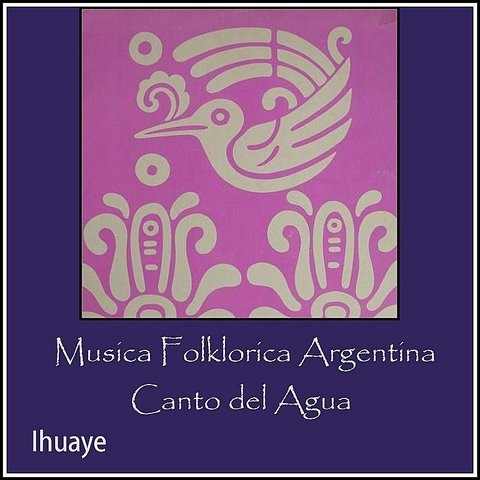 manifestations in
manifestations in
as a whole (on the scale of the entire continent) with a wide variety
regional forms. Permanent signs of Creole music:
the dominance of tripartite sizes (bipartite ones are quite rare),
variable meters and polyrhythm, the predominance of major-minor, singing in
two voices in parallel thirds, obligatory. singing accompaniment
playing music. instruments, and dances – singing; guitar (and its local
varieties) as the main tool. At the same time, in each
lat.-amer. Republic of Creole music has its own.
characteristic stylistics. features and characteristics that distinguish
e.g. Creole music from Mexico and Bolivia, Venezuela and Chile,
Argentina and Peru, Cuba and Brazil. So, the Creole music of Argentina
or Uruguay is more “Europeanized” than Peru, or
Bolivia, where many archaic forms are preserved 18-19centuries To Chile
Creole music is more “pure” than in Venezuela, where it
conspicuously black. influence (in the modal and metrorhythm. system).
The diversity of regional manifestations of Creole music is observed
and within the same republic or province. In Mexico, for example,
In Mexico, for example,
Creole music north, center and south. states has its
stylistic features. Similar the picture is characteristic of Creole
music folklore of the northwest. and east. provinces of Argentina,
departments of the Pacific and Atlantic. coasts of Colombia, center.
(Sierra) and coastal (Costa) regions of Peru, north, center. and south.
regions of Chile. These differences can manifest themselves in general melodic.
warehouse, in the modal system, metric, in the predominance of certain
song or dance. forms and music. tools.
African American music. This term, like “Creole music”, is not
accurate. It is more correct to speak of “Euro-African music”, because
Afroamer. music – the result of the synthesis of European. (original) and
African (assimilating) music. cultures. In addition, the term
“African American music” is used only in musicology. lit-re
to distinguish between the two branches of music cultures of Lat. America:
one originating from Europe (Euroamerican), and
the other coming from Africa (African American). Afroamer. music on
Afroamer. music on
Cuba is for Cubans just Cuban music, in Brazil for
Brazilians – Brazilian (musicologists and folklorists call it
respectively “Afro-Cuban” and “Afro-Brazilian”).
Negroes exported from Africa (early 16th – mid 19th centuries) were
are concentrated mainly in two districts of Lat. America – in Cuba (etc.
Antilles) and in Brazil (in other places in Latin America, beyond
with the exception of part of the coast of Ecuador and Peru, the number of blacks
was insignificant). During the duration time the development of Spanish (on
Cuba) and Portuguese (in Brazil) music on the one hand, and
Negro – on the other hand, went in parallel.
Possessing high art. susceptibility, blacks easily adopted
and assimilated the music of the environment in which they found themselves, not
limited to its reproduction. Negroes brought into it
specific element of his art. traditions, so Spanish. And
Portuguese music performed by a Negro. musicians changed significantly
appearance: triple meters “pulled together” into double meters, rhythm
became syncopated and acquired greater poignancy, the structure
music periods lost a clear squareness, in instr.
accompanies the leading role received a blow. instruments, poetry
stanzas were crushed and dissected between the soloist and the choir, the
the meaning of the improvisational element. From generation to generation these
features were fixed as a permanent performer. style, which
time began to be perceived not as a manner of interpretation, but as
new quality of the music itself. material. This new quality has appeared
in Latin music. America very early. In Cuba, for example, the first known
music document, which is already “Afro-Cuban” (the so-called “Son Ma
Theodora”) dates from the end of the 16th century. To the beginning of the colonial period
includes the formation of “Afro-Brazilian” music, although such
There are no early records of her.
Euro. basis of African American. music can often only be discovered
analysis. African features give it an extremely characteristic,
bright and easily distinguishable appearance. The most typical features
African American music (equally Afro-Cuban and
Afro-Brazilian): the dominance of two-lobed sizes (even the classic.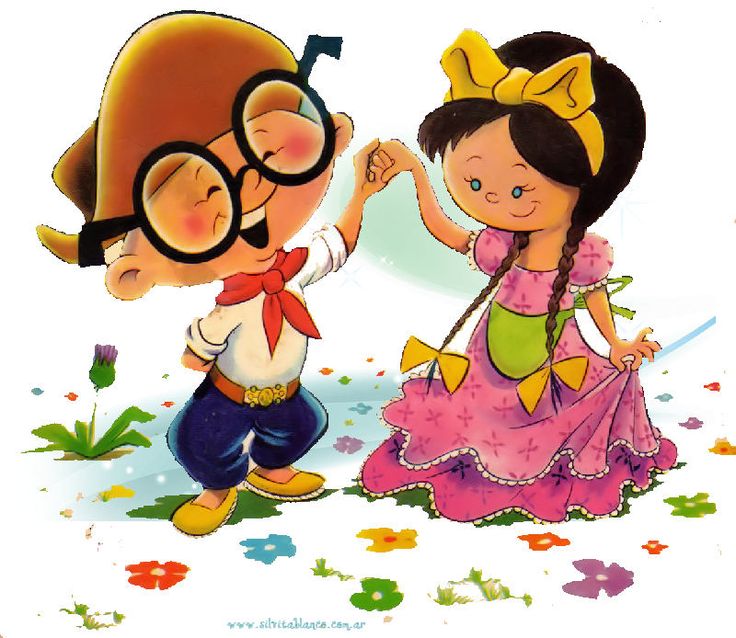
tripartite spanish. bolero in Cuba turned into a two-part
dance), the absence of an introductory tone (therefore, especially often
mixolydian mode is used), preference for melodic. lines from
short repetitive chants or sequences and with a general step-by-step
descent from the upper tone to the lower tonic; asymmetric
(non-square) structure of muses. periods, improvisational
poetic and musical stanza (soloist), for. which follows an unchanging refrain
(choir), as well as the constant use of antiphonal singing
(alternation-roll-call of a soloist and a choir or two choirs according to the type
“question-answer”), sharply syncopated rhythm, with frequent omission
strong and crushing weak shares; complex system of polyrhythms between
wok. party and instr. escort and between dep. votes
escort; punch dominance. and shock-noise instruments in
accompanying ensembles; using strings. plucked as
not melodic harmonic. instruments, but rhythmic. votes;
heightened emotional, “excited” manner of performance.
Afro-Amer. music is represented by a large number of songs and dances. forms.
The most popular: in Cuba – sleep, guaracha, conga, danson, rumba;
in Brazil – congados, maracatu, batuque, samba, mashish.
Afroamer Toolkit. music includes both European instruments.
origin, used in Creole music (predominantly stringed
plucked: guitar, tres, tiple in Cuba; viola, violan, cavaquinho,
bandolin in Brazil), as well as instruments brought from Africa, or
of local origin, but used only (or
predominantly) to Afroamer. music: in Cuba – Various. families
vertical drums (bata, bembe, conga, yuka), maraca rattles
(or guiro), aggue, erikundi, reco-reco ratchet, metallic.
econ bell, an iron plate (usually a plow share), along a cut
hit with an iron stick (atchere), two metallic. sticks (itones),
to-rymi hit the wooden body of the drum; in Brazil –
drums atabakes, kuika, ilu, ingome, mulungu, maraca rattles,
kashishi, karakash, matrak buzzers and berraboy, hanza ratchet (that
the same as reco-reco in Cuba), metallic.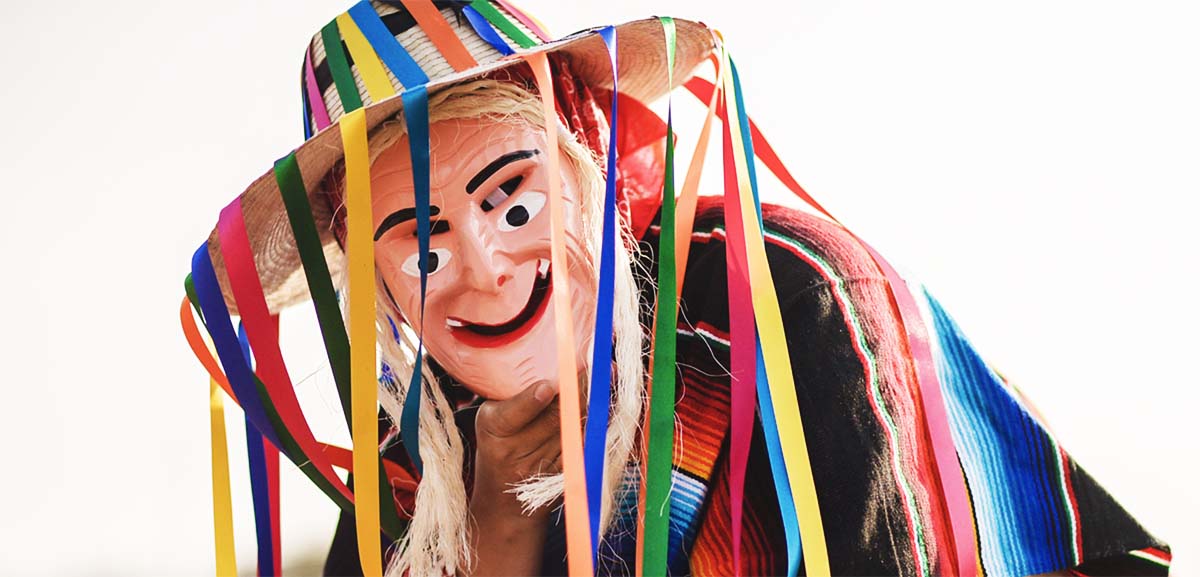 bells – single
bells – single
adja, agogo, gongue and double shere, “musical bow” (monochord) with
pumpkin resonator urukungo, etc. If in music. folklore
most countries in Lat. America is dominated by Creole music, then
general appearance. music of Cuba and Brazil is determined in the first
African American queue. music. Here it is often difficult to
a clear line between Afroamer. and Creole music due to the presence of many
transitional, mixed forms. Apart from Cuba and Brazil, Afroamer.
music is widespread in Haiti, Puerto Rico and other countries.
Antilles, to a lesser extent on the coast of Venezuela and
Atlantic coast of Colombia, and some of its elements are in
nar. the music of harochos – the peasants of the coast of Veracruz and in Campeche
(Mexico).
In Cuba and Brazil (and also in Haiti) at the same time as
African American retains net Afr. music: ritual
hymns, chants, dances and strictly regulated music
“sacred” drums, with the help of which the Negroes – servants dec.
religious cults of Africa “summon” and “propitiate” their gods –
orisha. Each orisha has chants dedicated to him and a constant
Each orisha has chants dedicated to him and a constant
rhythmic drumming drawing. In rituals lasting for several
hours, singing, dancing and playing “sacred” drums make up
indissoluble unity. Hymns are sung in Afr. lang., often
distorted so much that the Negroes themselves do not understand them. This music
interesting and unique in art. relation, but being
belonging to a cult protected from strangers and not existing
outside of it, it is the property of a limited circle of people, sharply
isolated and forms a closed area within the national muses.
folklore of Cuba and Brazil.
Professional musical creativity. During the colonial period (16
– early 19 centuries) the main, and often the only. the field of prof.
composer creativity in Lat. America had a church. music,
nominated major masters of cult polyphonic. forms – E.
Salas y Castro (Cuba), E. Franco (Mexico), X. A. Lamasa
(Venezuela), X. Herrera y Chumacero (Colombia), J. M. Nuniza Garcia
(Brazil). After gaining independence (1820s) in connection with
cultural revival, incl. music, life (tour of Europe, predominantly
music, life (tour of Europe, predominantly
Italian, artists and opera companies, the appearance in the capitals and
major provinces. cities conc. and amateur music. about-in, opening
music schools – “academies”) developed a secular prof. playing music
(patriotic songs, choirs, piano, mainly salon, music,
pieces for brass bands). Huge popularity in Europe
especially Italian, the opera called in the 2nd floor. 19V. attempts
creation of lat.-amer. operas (composed by S. Pañaga and M. Morales in Mexico,
G. Villate in Cuba, J. M. Ponce de Leon in Colombia, C. A. Gomis in
Brazil), who had imitated. character.
Early 20th century there is a tendency to comprehend nat. folklore, get out
European imitation framework. samples; single bright phenomena of such
genus existed before, for example. creativity of M. Saumel Robredo and I.
Cervantes Cavanagh in Cuba. The most prominent composers, various
according to the degree of talent and arts. tastes, but equally striving
combine in the work of academic.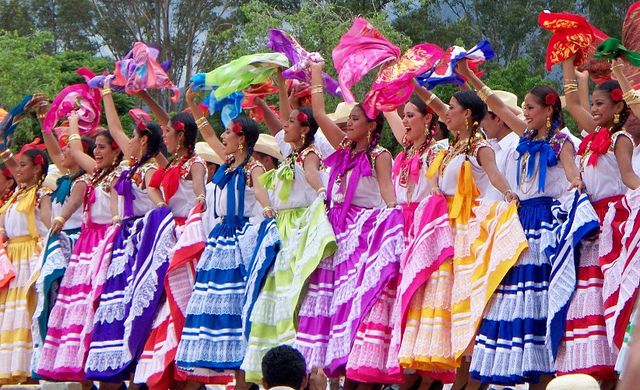 European forms with nat. music language
European forms with nat. music language
(understood in their own way) and themes – A. Levy, A. Nepomusenu and F. Braga
(Brazil), A. Berutti, A. Williams, F. Boero, F. Ugarte and X. Aguirre
(Argentina), several later – M. M. Ponce (Mexico), G. Uribe Holguin
(Colombia), V. E. Soho (Venezuela), E. Fabini (Uruguay), E. Soro and
P. U. Allende (Chile). These composers were generally
Creole orientation. In the first decades of the 20th century advanced
also a group of composers of “Indian” orientation, who were looking for
source of inspiration in untouched Europe. Indian influence
folklore, sought to develop nat. style based on
local muses. forms. This trend includes (to varying degrees):
K. Lavin and K. Isamitt (Chile), who developed the music. folklore
Araucanians, E. Kaba and X. M. Velasco Maidana (Bolivia), T.
Valcarcel and A. Sas Orchazal (Peru), C. Huizar, B. Galindo-Dimas, and
also C. Chavez in the early period of creativity (Mexico). Pioneers
“Afro-Cuban” direction in prof. Cuban music became A.
Roldan and A. G. Caturla, whose work, however, is
goes far beyond music. ethnography.
The first composers who broke with the old aesthetics. installations,
overcome as a nationalist. and arts. limitation
“Indian” or “African American”, and aesthetic.
uncertainty, vagueness of the “Creole” orientation and
achieved in the work of the synthesis of the nationwide. music fundamentals and advanced
European achievements. composition technique, – E. Vila Lobos
(Brazil), S. Revueltas and C. Chavez (Mexico), D. Santa Cruz
(Chile), A. Ginastera (Argentina). They were the first to receive the world
recognition and thus included prof. music in Latin. America in the mainstream
European development (and world) music. culture. Their work had (and
to a certain extent continues to exert a fruitful influence on
formation and development of the national composer schools in Lat. America,
especially in their countries. For example, in Brazil direction to prof.
music is represented by the work of such outstanding composers,
known abroad as F.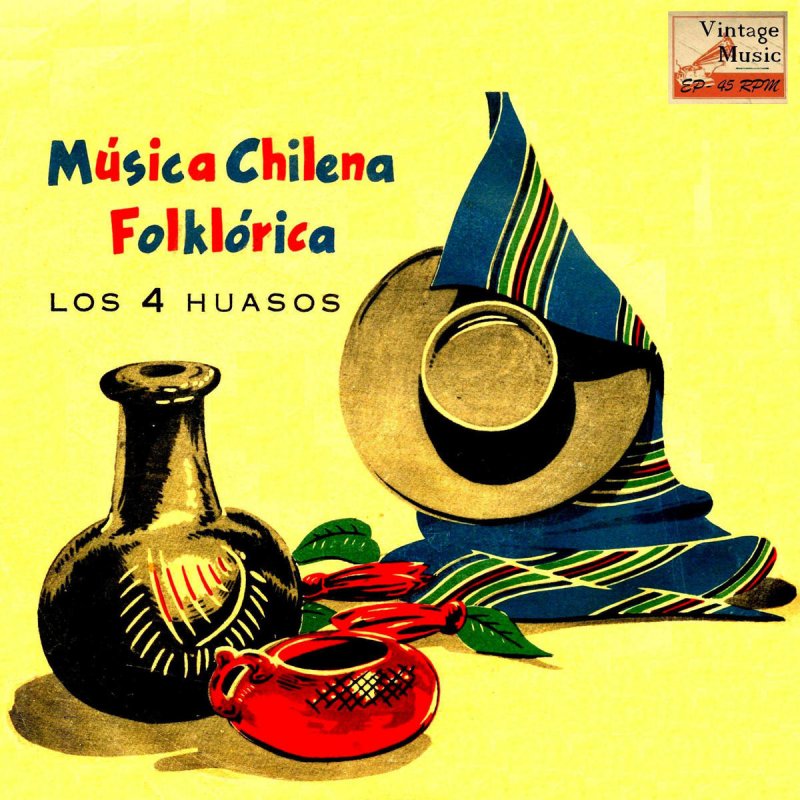 Mignone, R. Gnatali, C. Guarnieri,
Mignone, R. Gnatali, C. Guarnieri,
J. Siqueira, as well as their younger contemporaries S. Guerra Peishe, A.
Bocchino, M. Tavares. In Mexico, a strong national composer school
form, along with C. Chavez, L. Sandy, D. Ayala, P. Moncayo, S.
Contreras, in Chile – P. Garrido, X. Urrutia Blondel, A. Letelier,
X. Orrego-Salas, G. Becerra. In Argentina, the champions of nat. directions
– preim. composers of the older generation: br. Juan José and José Maria
Castro, O. Siccardi, C. Guastavino.
By the 1950s refers to the beginning of penetration into Lat. America of music
avant-garde (dodecaphony, serialism, aleatoric, sonorism,
electronic, concrete music), meaning. degree of weakening
nat. the basis of prof. L. m. This is especially characteristic of Argentina,
Chile, strong for Brazil, Cuba, Mexico, Venezuela.
A significant role in this process is played by the training of young Latin-Amer.
composers in the USA and countries Zap. Europe, organization in a number of higher
uch. music establishments in Lat. America spec. departments and laboratories for
America spec. departments and laboratories for
study and implementation of avant-garde composition technique.
Music. life and composer’s work Lat. America in modern period
characterized by uneven development, on the one hand, and
complexity, inconsistency of artistic and aesthetic. trends – with
another. The most developed in music. regarding Mexico, Cuba, Brazil,
Argentina and Chile. In these countries are the best in Lat. America
conservatory, where teaching is carried out at a very high prof.
level (there are also conservatories in most of the main provincial
centers). The named countries have symph. orchestras and chamber
instr. ensembles of various types and in the capitals and in many others. major cities
(in Cuba – in Santiago, Santa Clara, Matanzas, Camaguey,
Pinar del Rio; in Argentina – in La Plata, Cordoba, Mendoza, Parana,
Rosario, Tucumane; in Chile – in Valdivia, Valparaiso, Concepcion,
La Serena, Antofagaste, Arica, Osorno), opera houses (permanently
operates only the largest in Lat.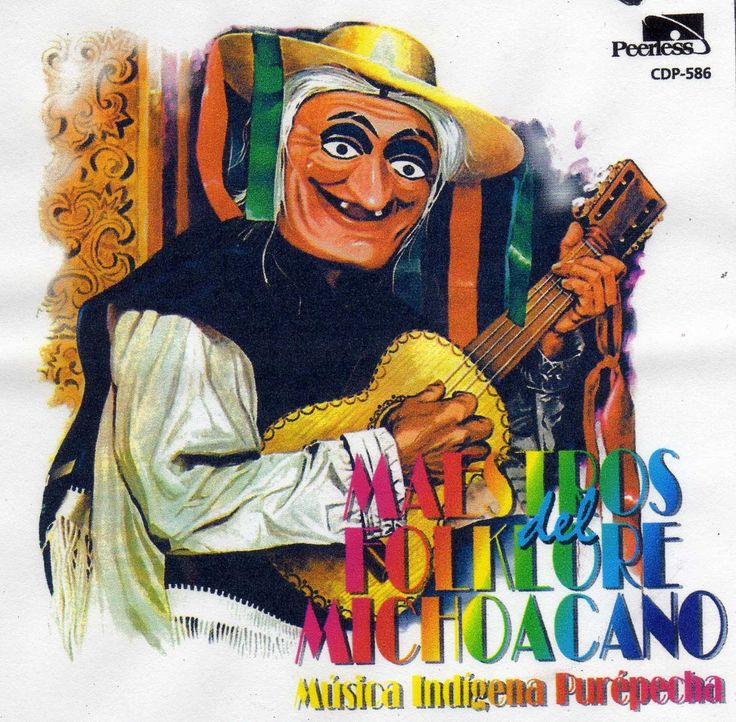 America t-r “Colon” in
America t-r “Colon” in
Buenos Aires), ballet troupes (among them world famous
use the National Ballet of Cuba and Folklore Ballet of Mexico). work
pl. prof. choirs; especially high performance. culture
distinguishes the choirs of Chile – the Choir of the Chilean University in Santiago,
Polyphonic choir in Concepcion, Chamber Choir of Valparaiso, Choir of South.
university in Valdivia, as well as Brazil – two large choirs in
Rio de Janeiro, Renaissance Madrigal Choir Ensemble in
Belo Horizonte. In these countries, the largest in Lat.
America n.-and. Centers – Institute of Musicology im. K. Vega’s
Buenos Aires, Faculty of Music, University of Chile (publishes the magazine “Revista
musical chilena “- the most significant periodical musicological publication in
Lat. America) and Institute of Music. research in Santiago, Braz. music
academy in Rio de Janeiro and Folklore Research Center in
Sao Paulo, Department of Music Nat. b-ki them. X. Marty in Havana, Nat.
institute of fine arts in Mexico City.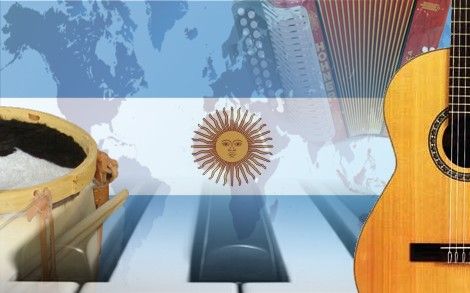 It is in these countries in the 20th century.
It is in these countries in the 20th century.
the leading Lat.-Amer. scientists in the field of musicology and
music folkloristics: K. Vega and I. Aretz (Argentina), K. Isamit, S.
Claro, M. Danneman and R. Barros (Chile), R. di Almeida, M. di Andrade
and O. Alvarenga (Brazil), F. Ortiz and A. Leon (Cuba), V. Mendoza,
O. Mayer-Serra, D. Castañeda and S. Marti (Mexico). There are
music publishing houses, come out periodically. musicologist. publications, regularly
are carried out various music festivals established by nat. awards in the field
composition and musicology, there are unions that unite
composers and musicians of other professions. Among the performers
world-famous: violinist G. Shering and dir. L. Herrera
de la Fuente (Mexico), dir. E. Gonzalez Mantici (Cuba), pianists
A. Estrela, A. Moreira Lima, A. Stella Schick and dir. E. di Carvalho
(Brazil), guitarist M. L. Anido Gonzalez (Argentina), pianists
C. Arrau, F. Guerra, dir. A. Carvajal, performer songs
M. Loyola (Chile).
Quite intense music.